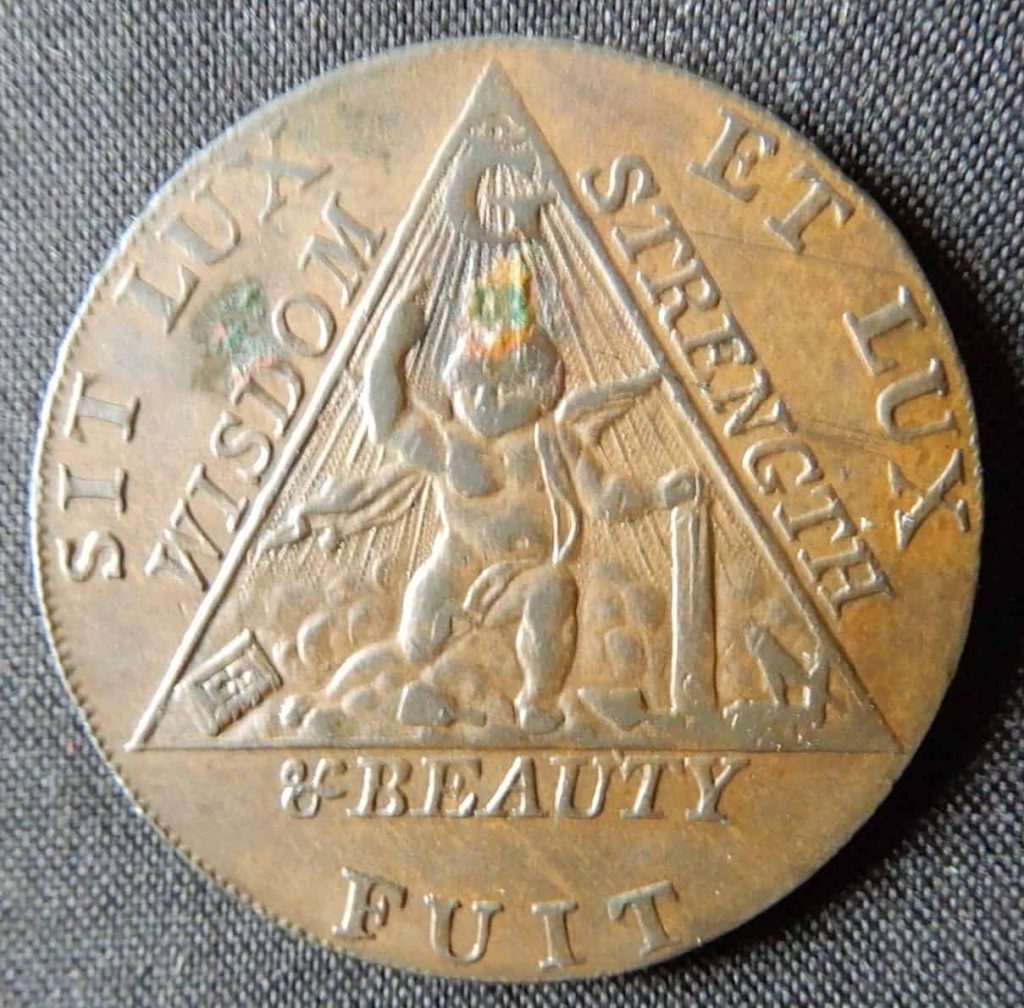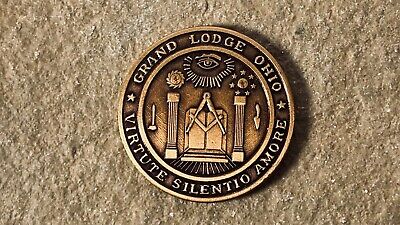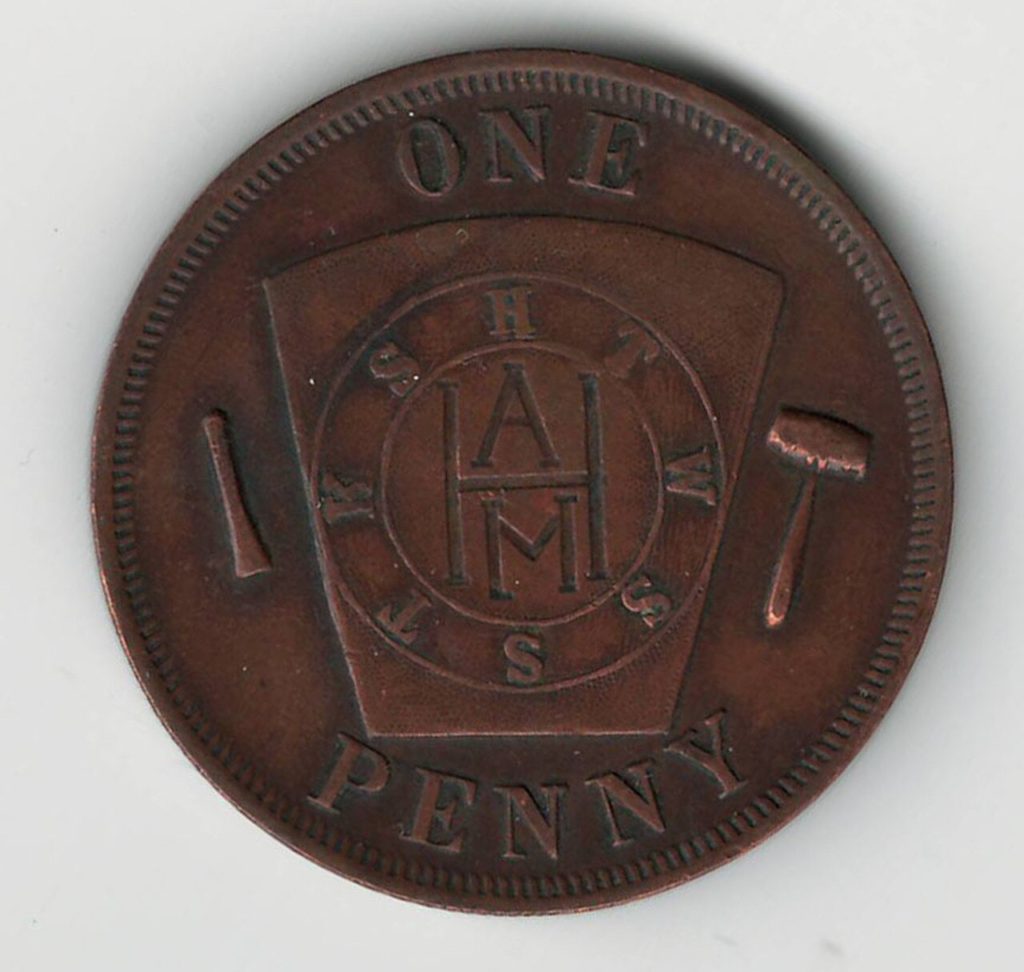In this blog, we take a closer look at select Masonic coins, focusing on the meaning of their symbols and origins.
Masonic coins often raise many questions for those looking to better understand the significance of the coins themselves as well as the symbolism represented in their imagery. In fraternal culture as a whole, symbolism has always been a significant part of these organizations’ identity, especially in Freemasonry, as Masonic coins are rich with symbolism, reflecting different events and characteristics of Freemasonry that give them the priceless value they hold.
There are several varieties of masonic coins and tokens, and all tokens will fall into one of the following categories: a token celebrating a particular mason, lodge or event; an initiation token showing when a Brother was initiated, passed and raised; and finally the mark mason token (or penny) which signifies a pivotal part of a Mason’s initiation.

One last category is currency, which was created for just one Masonic family. In 1794, Brother James Sketchley from the Grand Lodge of England minted the first and only masonic currency. It took the form of a 28mm copper coin and was accepted as currency throughout the entire british empire, which at the time was most of the world. The coin commemorates the Prince of Wales, King George IV, being elected as Grand Master of the Grand Lodge of England (Moderns) on November 24, 1790.
Looking at the Symbols

Many of the symbols Masons come across on a daily basis are reflected on each of these coins. Taking a deeper look at the coins themselves, we’ll notice that each will typically hold some if not all of the following symbols and imagery:
- Square and compasses: As seen in the image of the Grand Lodge of Ohio coin, the symbol in the center is that of the Square and Compasses, which we covered in one of our more recent posts around Square and Compasses. These symbols, usually accompanied by the letter G, stands for making one’s actions good and understanding one’s role in the spiritual universe
- The Letter G: Also mentioned in our recent blog, The letter “G” surrounded by a compass and square, is often interpreted in one of two ways: for some it refers to Geometry and supports the Masonic lessons and symbolism associated with builders and architects, as well as the measurement and understanding of the order and perfection of the universe. Others see it as referring to God or the “Great Architect of the Universe,” which is an ecumenical term used by Masons of different faiths to refer to Deity as they pray together, each according to his own beliefs.
- Apron and gloves: These symbols stand for living with a pure heart and to keep one’s hands clean.
- All-seeing eye: This symbol is designed to remind Masons that God and others always see their thoughts and actions.
- Ashlars: You may see rough and smooth ashlars on Masonic coins. They are to remind Masons of the contrast between man’s natural state and perfection.
- Level: This symbol found on some Masonic coins reminds Masons that everyone is equal before God.

One other key characteristic, especially with masonic pennies, is the often queried letters “H.T.W.S.S.T.K.S.” which is a mnemonic associated with the Mark Master Degree in York Rite Masonry. It is sometimes called the Tyrian Signet and represents a keystone with symbolic meaning that has been given various interpretations by different people at different times.
While we skimmed the surface of the full understanding and true meaning of each of these coins, there is still much education around backstory and history left to be desired which we will go into in greater detail in future posts.
What more do you want to learn about in regards to the symbols and coins mentioned? Share your thoughts and knowledge by contacting us here, and please find us on Facebook and Twitter at @GrandLodgeOhio.
Explore the meanings and histories behind other common Masonic symbols, including the Apron, Cornerstone, and Forget-Me-Not.